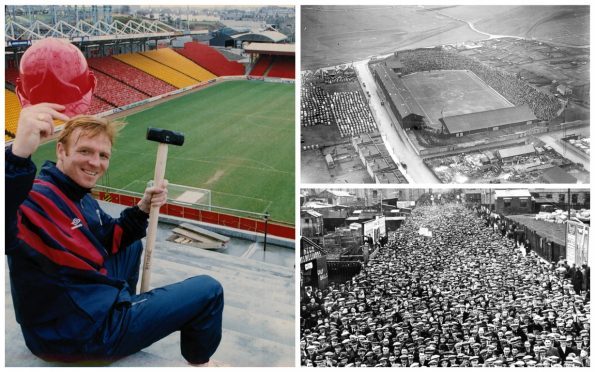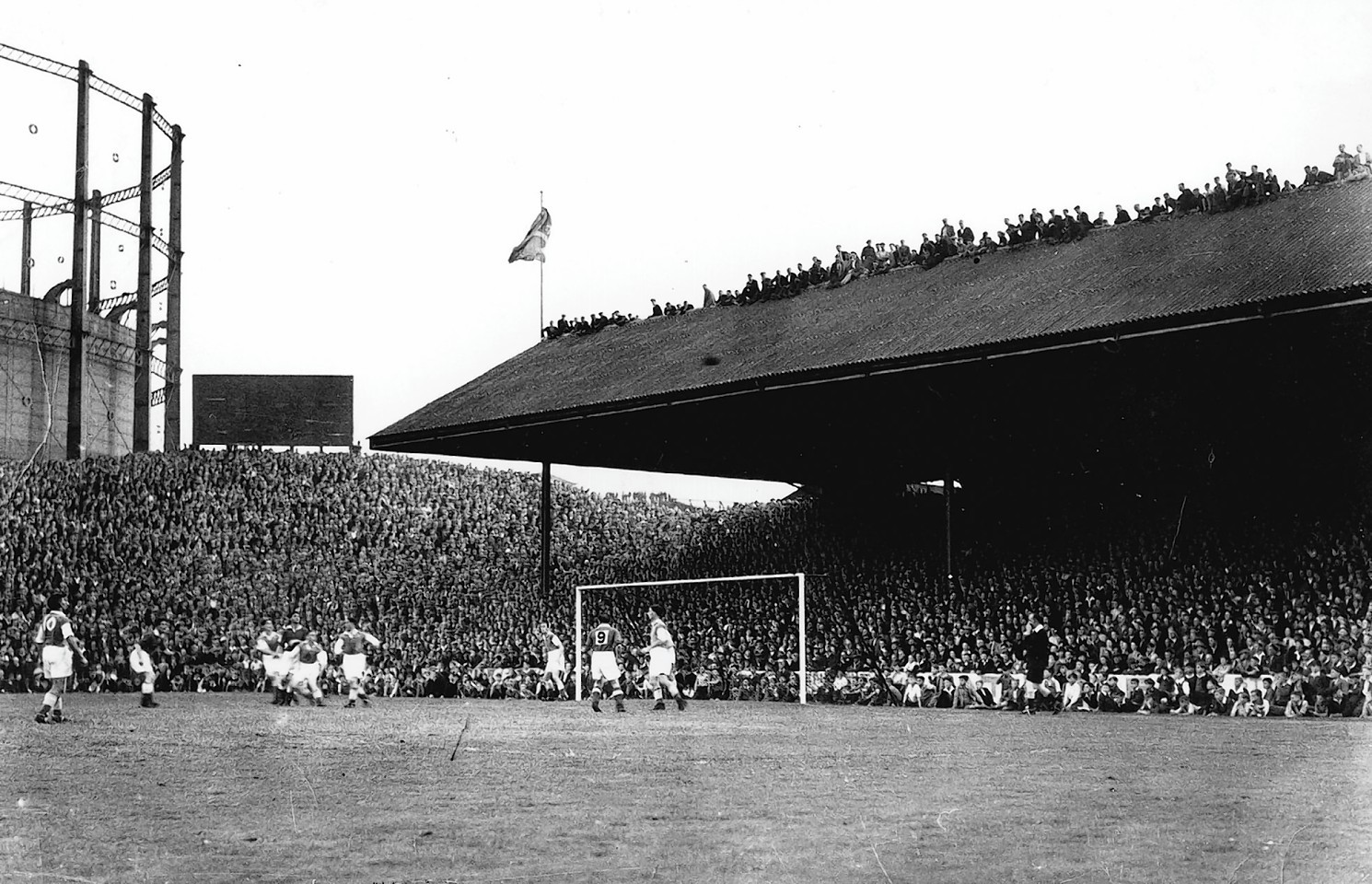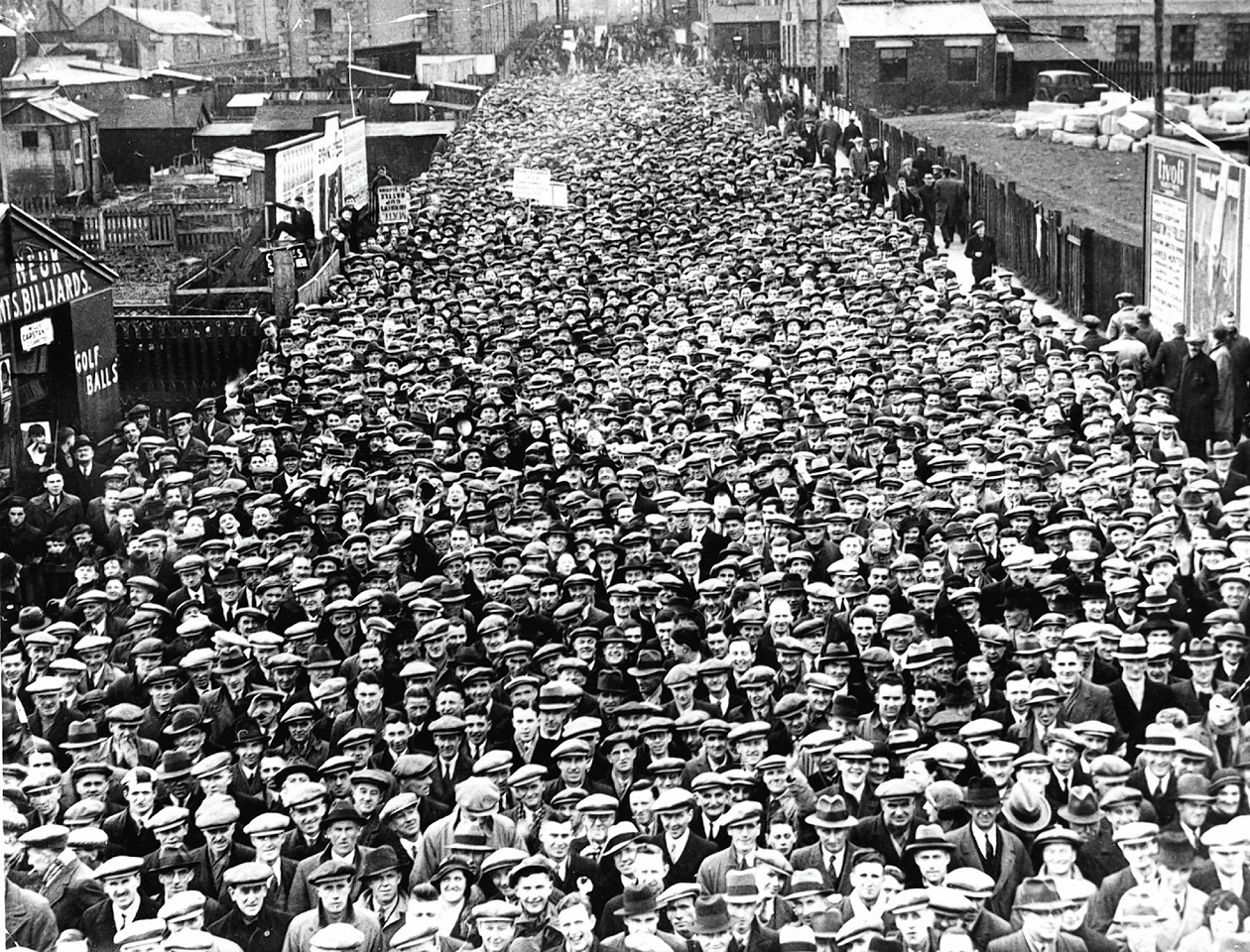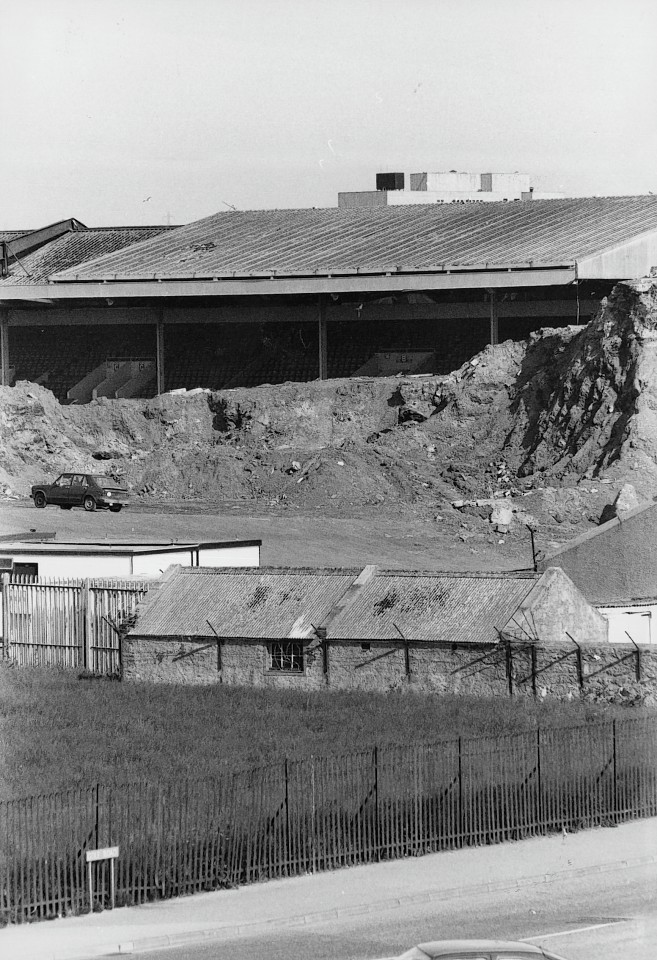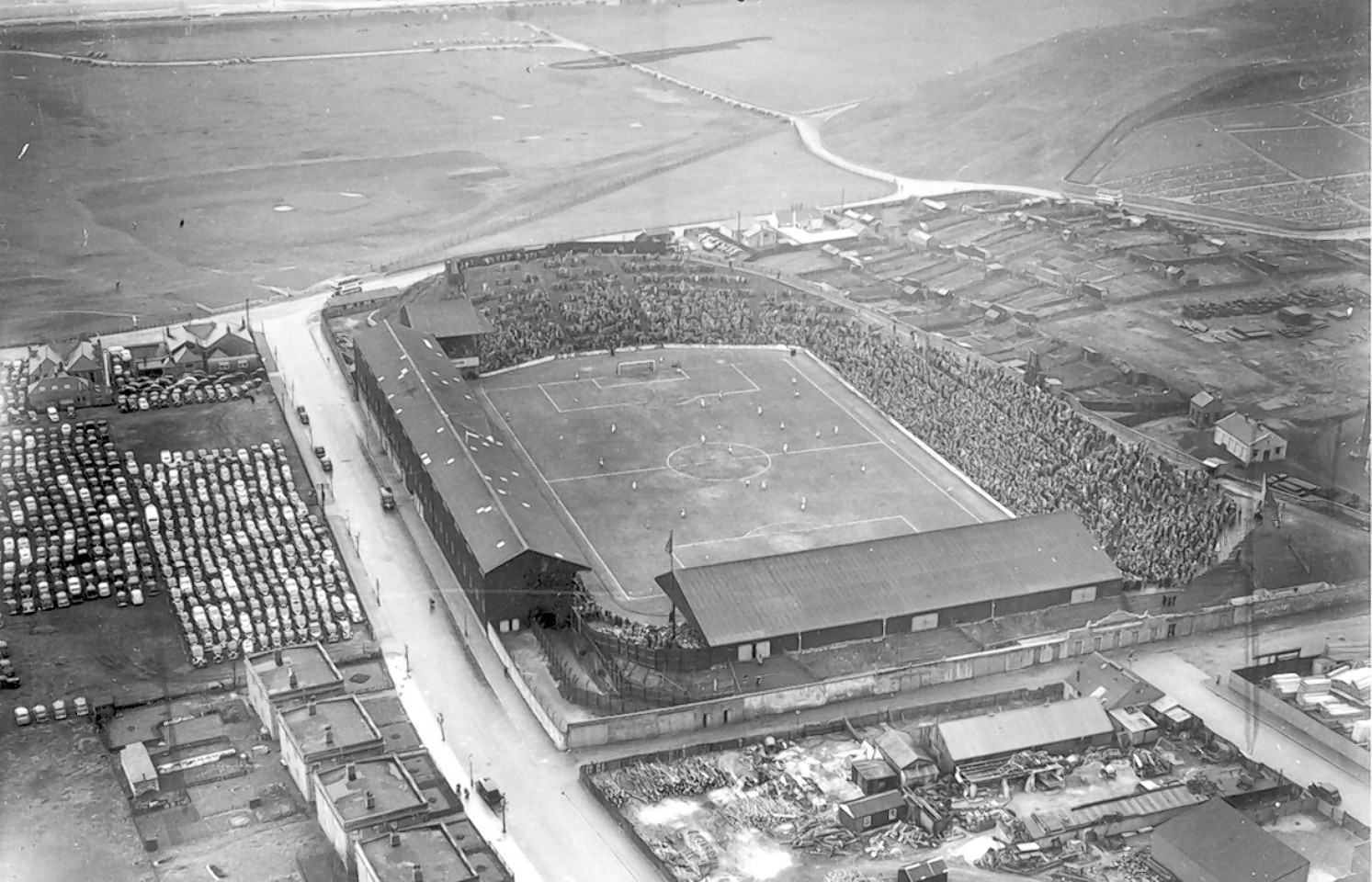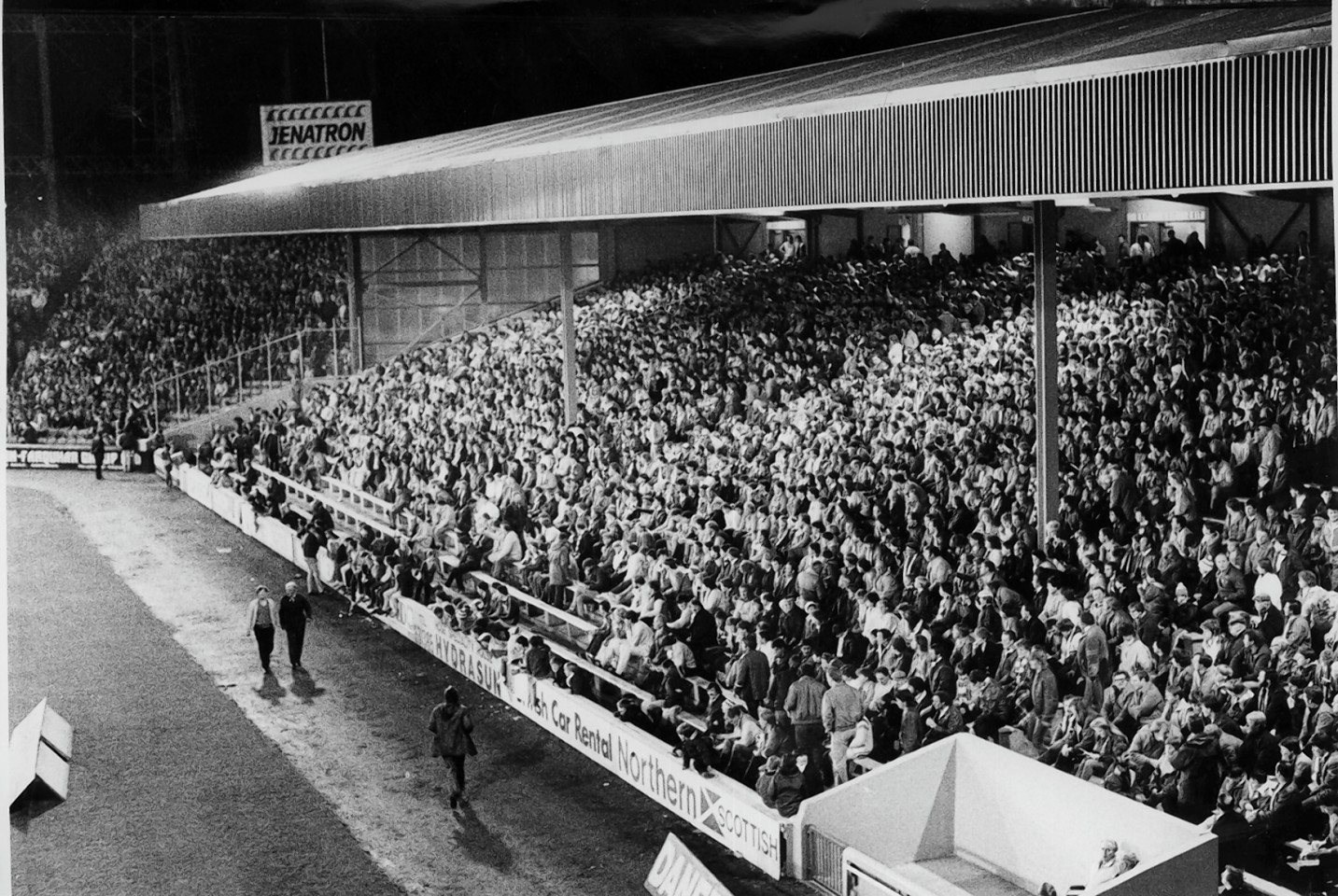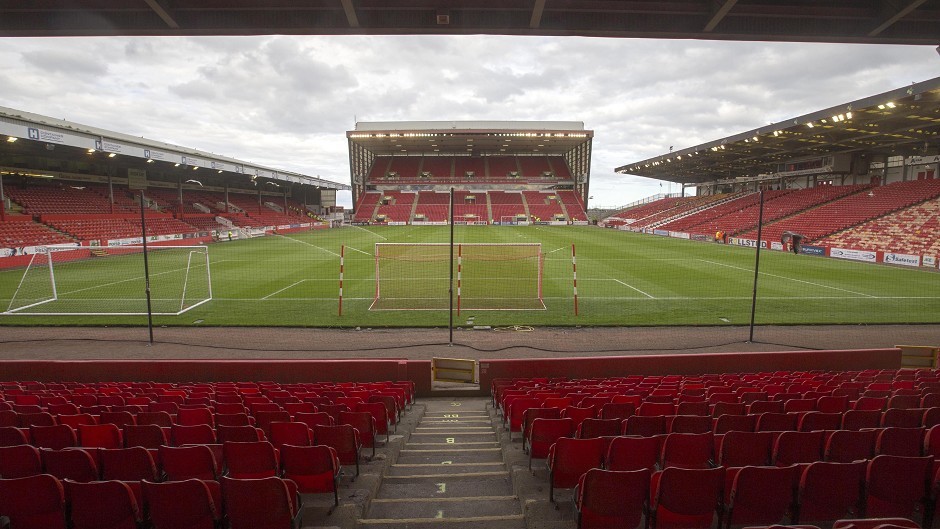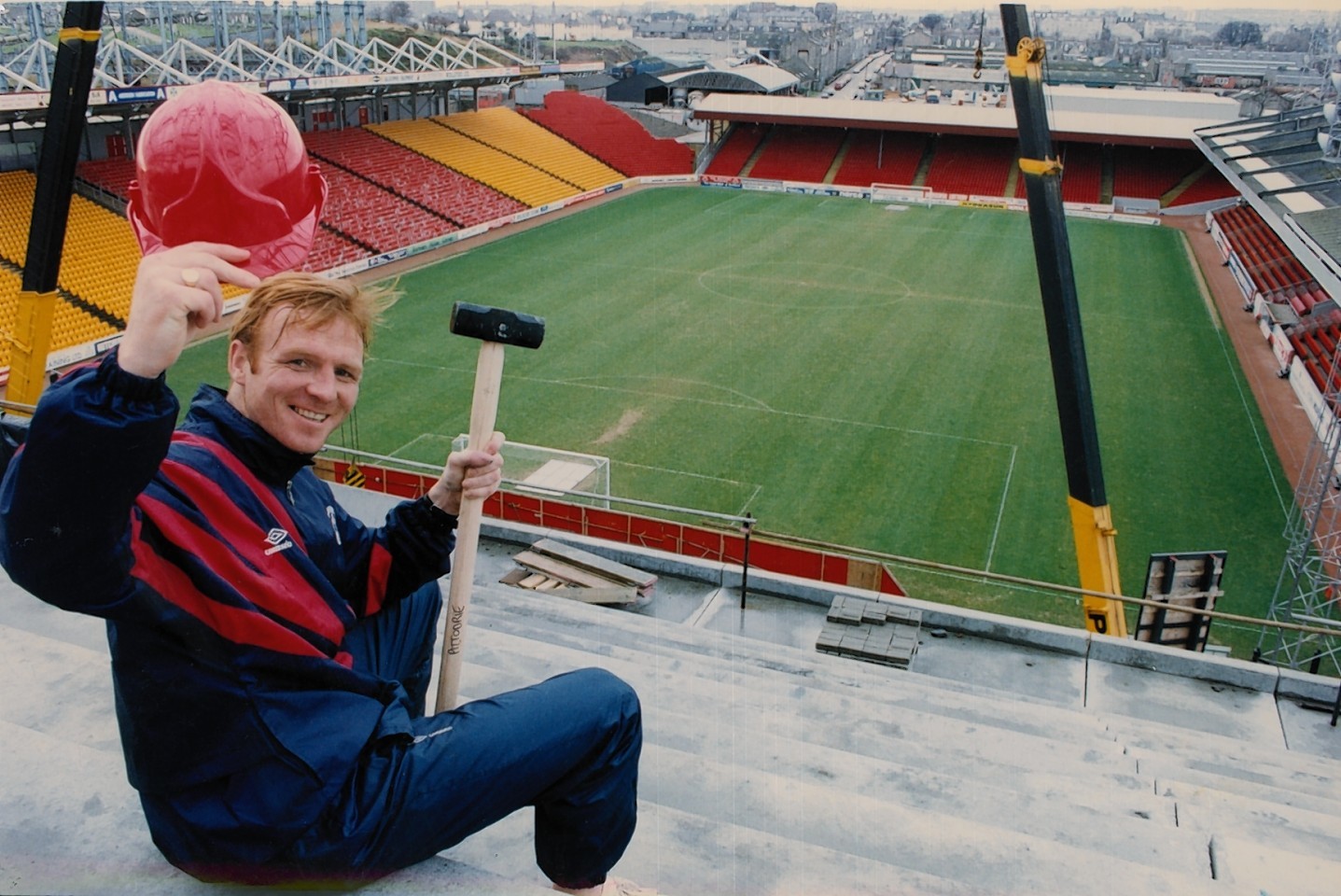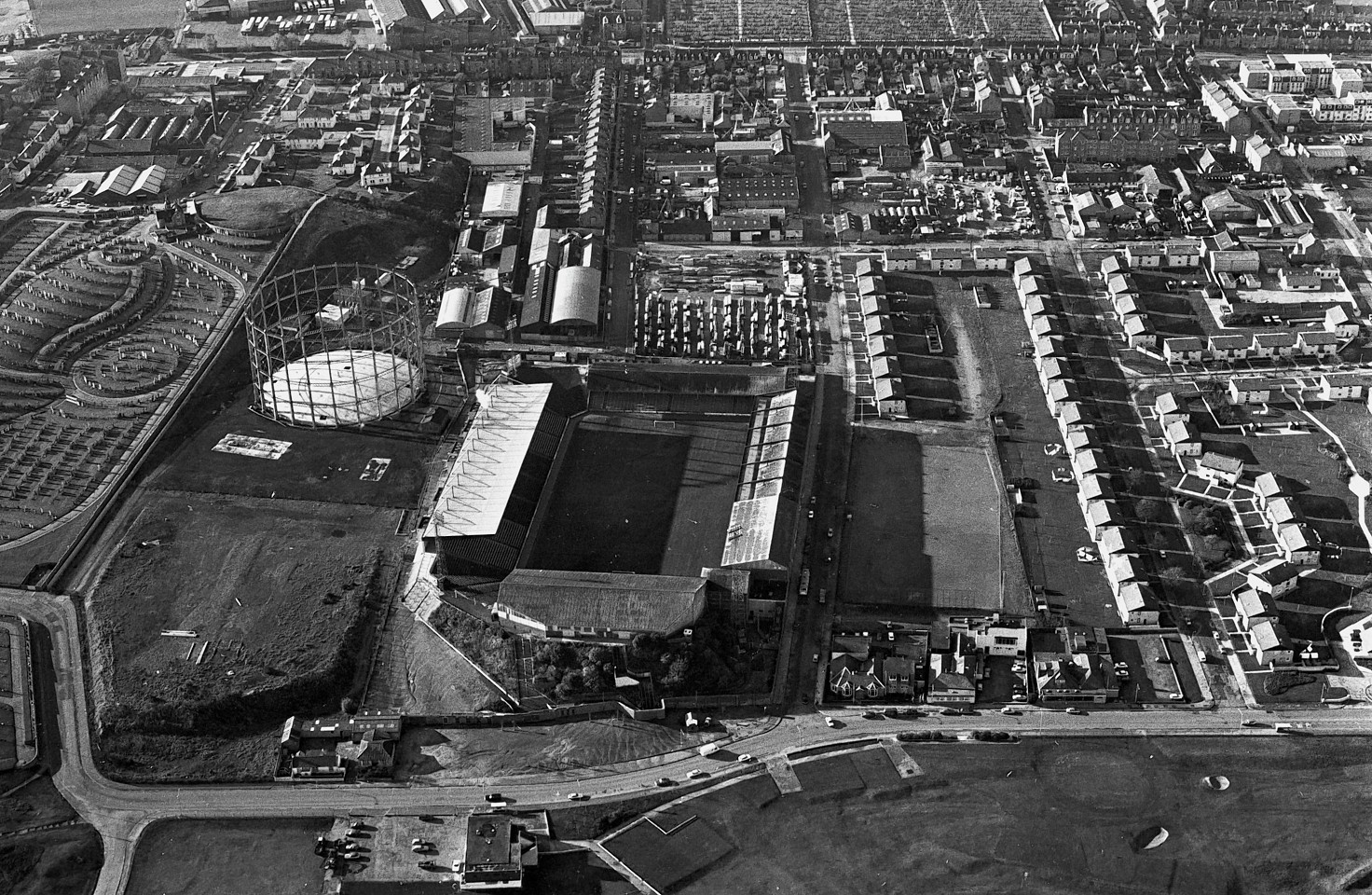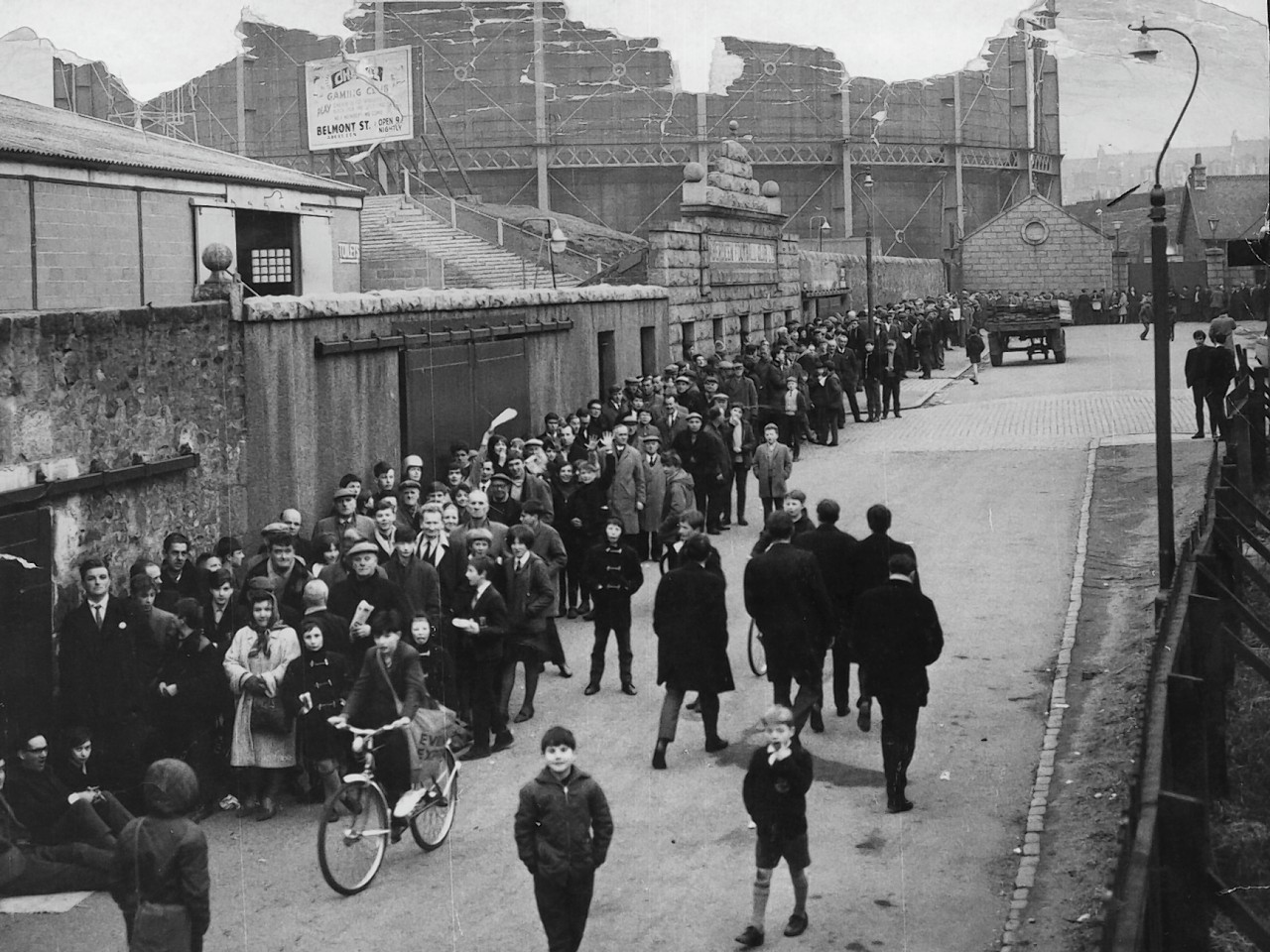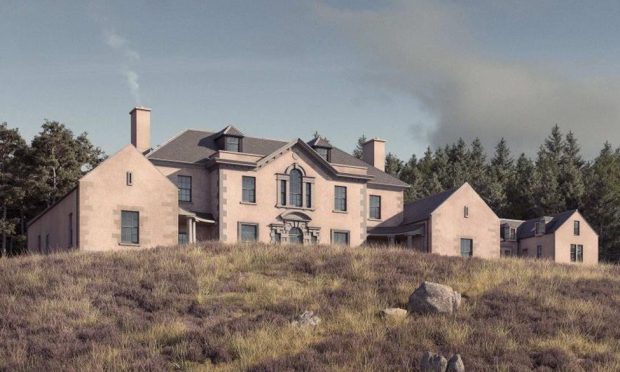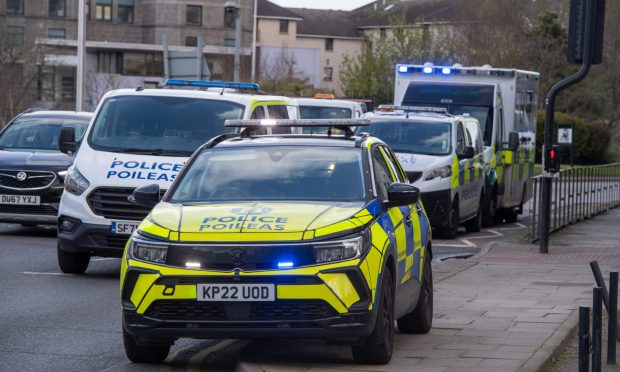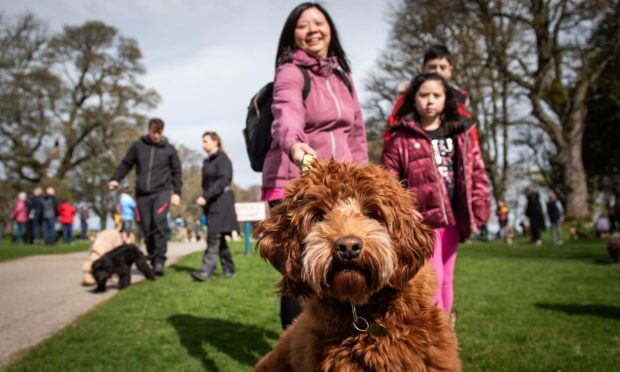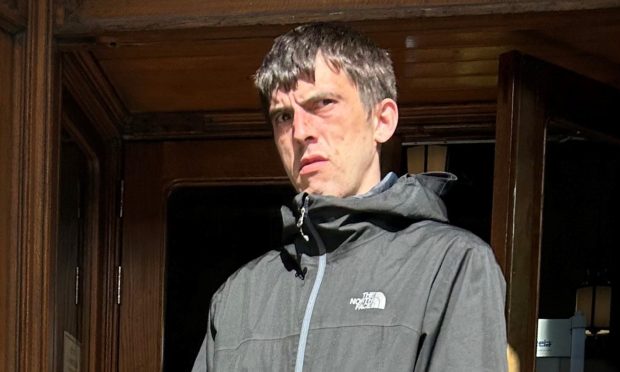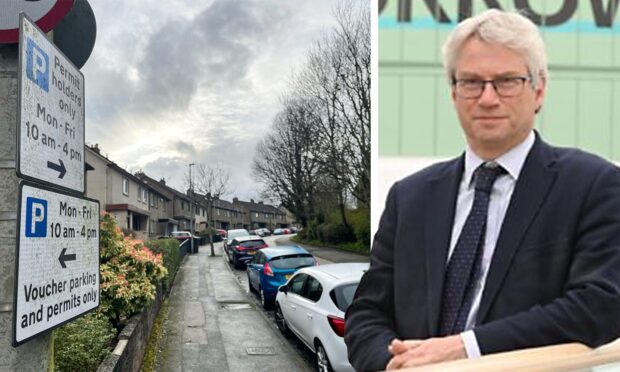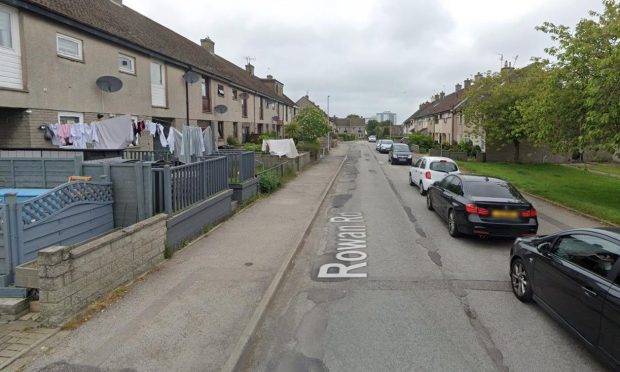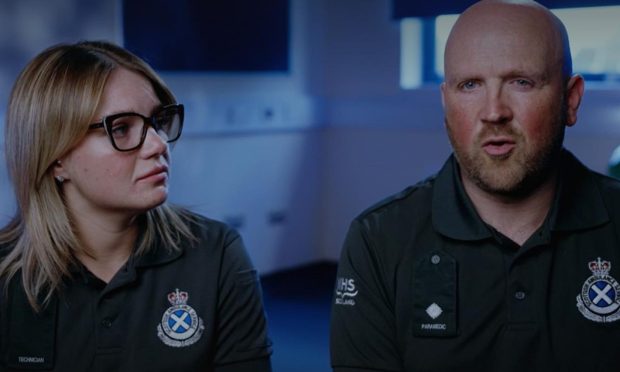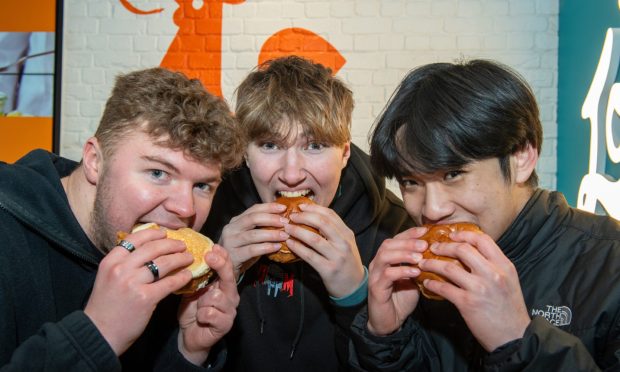Pittodrie has been the home of football in Aberdeen for nearly 120 years – and the site of numerous “firsts” for the British game over the decades.
It earned it’s unique Gaelic title after being built on the site of the police stables in 1899.
It would be a number of years, however, before the Dons that Aberdonians and fans from all over the north-east have come to know would take up residence at the ground.
Aberdeen Football Club was established in 1903 following the amalgamation of three city teams – Aberdeen, Victoria Utd and Orion – and started playing their home games at the seafront stadium.
It’s proximity to the North Sea has earned it a reputation as one of Britain’s coldest football grounds.
Pittodrie underwent several developments in the 1920s, most notably the construction of a new main stand in 1925.
Around that time the first modern dugout in the history of football was also introduced to the stadium.
In 1954, Pittodrie hosted its record attendance when more than 45,000 crammed into the ground to watch a Scottish Cup tie against Hearts.
Floodlights were introduced to the stadium on October 21, 1959, when English league side Luton Town were beaten 3-2 in a friendly.
By August 1, 1968, the main stand had become all-seated as part of a £100,000 revamp of the ground.
But on February 6, 1971, a blaze damaged part of the main stand, and destroyed the dressing rooms and club offices.
The Scottish Cup – held by the Dons at the time – had to be rescued by firefighters.
In 1978, Pittodrie became just the second all-seated stadium in Britain. Coventry City’s Highfield Road was the first
The improvement pre-dated the Taylor Report on British football grounds by a decade.
And a year later plans were unveiled to make Pittodrie the first all-covered, all-seated stadium in the UK.
The Press and Journal reported on December 19, 1979: “Pittodrie stadium, the Dons’ ground, will be years ahead of any English ground by the end of next season.
“Don’t just take our word for it, English FA secretary Ted Croker can verify it.
“For while Aberdeen plan to have the entire stadium covered and seated by summer 1981, Mr Croker conceded that the same thing will not happen in England until “sometime next decade”.
